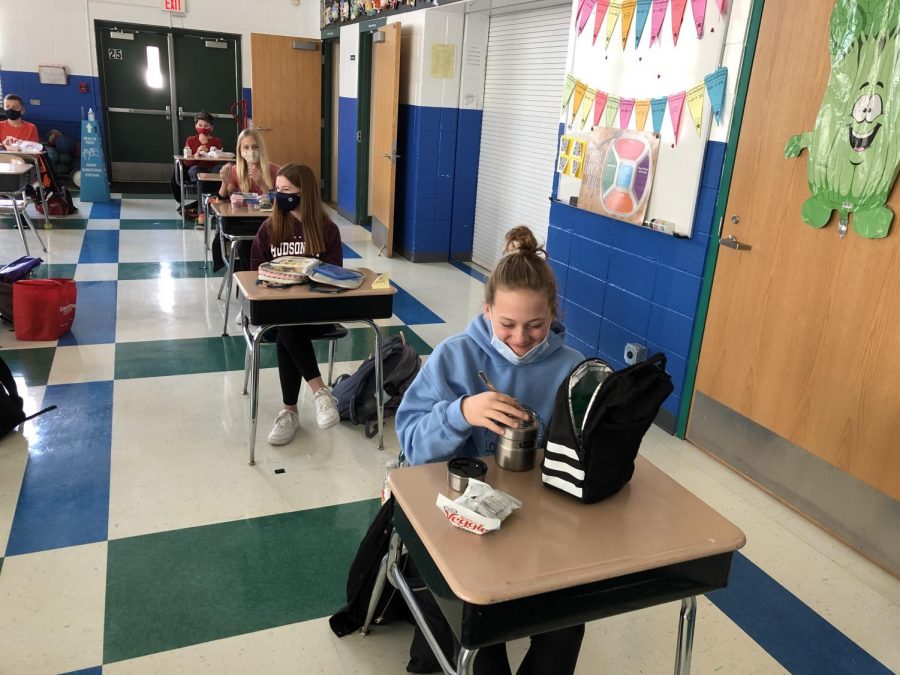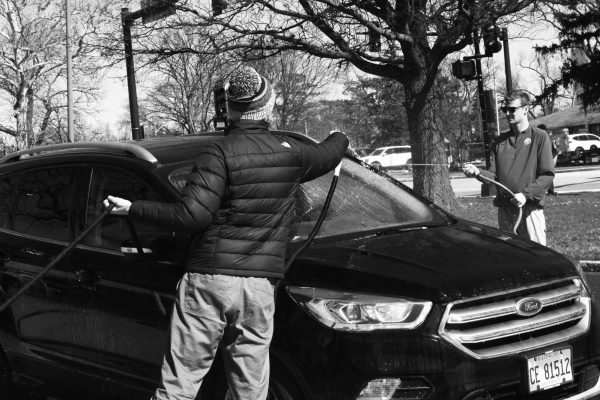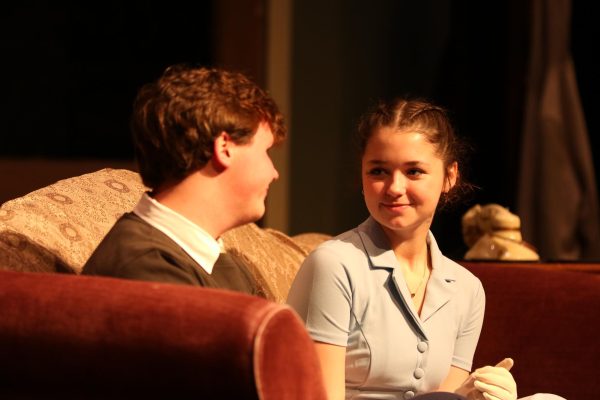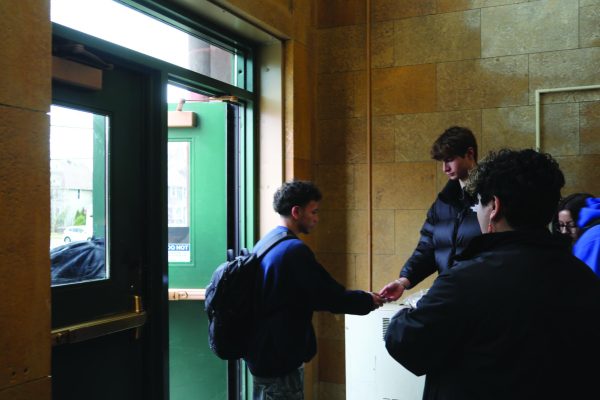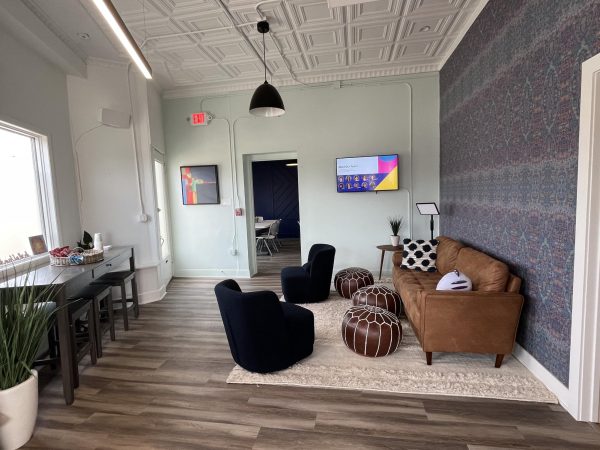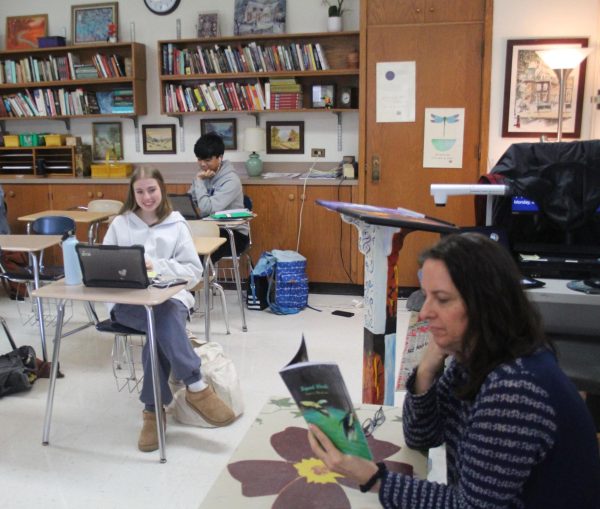School District 107 returns to full in-person instruction
Pleasantdale instructional model adapts to reduction in COVID-19 threat
May 25, 2021
Pleasantdale School District 107 started its third trimester of the school year on March 1 by returning to full in-person instruction, with the option for continued remote learning, superintendent Dr. Dave Palzet said.
Following the first two trimesters of half day and extended half day models, this decision to return for five days a week—with a half day on Wednesday every other week—has always been the vision. Now, with a little more than 90% of staff vaccinated, in addition to the implementation of successful mitigation practices, the switch to full in-person instruction was the logical decision, Palzet said.
“Obviously there are major academic benefits with just more time with teachers,” Palzet said. “Everyone’s done their best job to make at-home learning work, but there’s really no replacement for in-person, on-campus learning with a high quality teacher. Kids also benefit from the structure of a school day—having to get up, get ready and go to school all contributes to having their day be as normal as possible.”
As of early April, 92% of the 852 students in the district returned to full in-person classes at the elementary and middle schools, Palzet said.
In addition to the updated model, other new implementations include socially-distanced lunch periods—allowing students to eat at individual desks in cafeterias—in-person art and language classes and the reintroduction of extracurricular activities, Palzet said.
Students, like eighth grader Lucy Dreher, are grateful to be returning to school full time again and playing on the school’s girls softball team, she said.
“Honestly, I kind of hated remote learning,” Dreher said. “Whenever we would go into breakout rooms, no one would even talk. There were just black screens. It was really awkward, and no one really interacted with each other. I didn’t feel comfortable talking, so a lot of the time we’d all just sit in silence. I pay attention more now, being in school, and I’m busier too, with getting to be on a team again.”
The benefits of in-person learning have been reaped by more than just the students at Pleasantdale. Sixth and seventh grade science teacher Tanya Kim could not be more excited by the proposition of organizing safe ways for students to participate in more immersive labs, she said. However, the ever-changing nature of the school year has presented a variety of challenges for experiential teachers like Kim.
“I think the word is overwhelmed,” Kim said. “[As a teacher], you’re responsible for the health and safety of the kids in the room. You’re also worried about yourself because our risk for serious illness is greater, whereas the kids are more likely to be asymptomatic.”
Kim felt stretched for time in the abbreviated class periods earlier in the school year, she said. She had to juggle providing information to the fully remote students on Zoom and to those in her classroom. Additionally, she was concerned with ensuring her students with sensory issues and special needs were tended to and adhering to mask wearing.
“There was a large chunk of time that just wasn’t used to focus on the curriculum,” Kim said. “I was so focused on trying to implement the basic runnings of a classroom that I spent a lot of the first trimester just figuring out how to teach. But, having them for 20 minutes in person is better than all day on the computer. It’s just not the same type of interaction.”
To keep faculty, staff, students and parents informed, Palzet encourages the community to attend board meetings, reference the school’s representative committee and read the weekly COVID-19 update on new metrics, he said.
“From the community as a whole, there’s been a lot of cautious optimism,” Palzet said. “We’ve built up a lot of trust over the course of the year—both with our parent community and with our staff. We’ve done that by being really methodical and very transparent about our decisions.”
Leading through a pandemic has tested Palzet’s resolve, he said. Decisions have to be made, even in the wake of criticism and disagreement.
“You’re darned if you do, and you’re darned if you don’t,” he said. “We’re so polarized when it comes to what’s the right thing to do, that no matter what decision you make, there’s going to be a group of people that feel you made the wrong one. But, you’re just going to have to know that you’re making the best decision you can in that moment based on the data that you have.”
At the end of the day, it’s about doing what’s right by his students, Palzet said. Being in the classroom has immense academic, social and emotional advantages.
“I struggled a lot at the start of the year, I think,” Dreher said. “I spent a lot of time alone, and my grades weren’t as good as I wanted them to be. But yeah, since going back, I’ve noticed a difference for sure. I’m around my friends. I’m paying attention more. I just feel better. I think a lot of that is because I’m actually in school.”




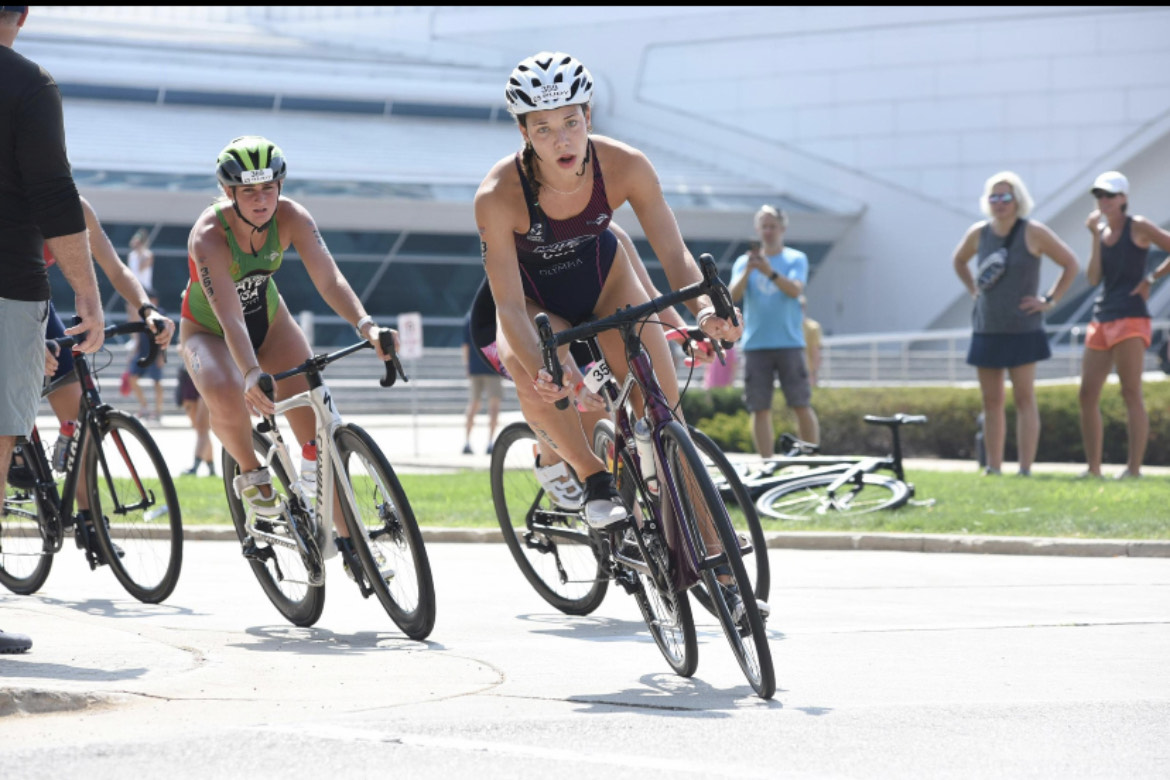
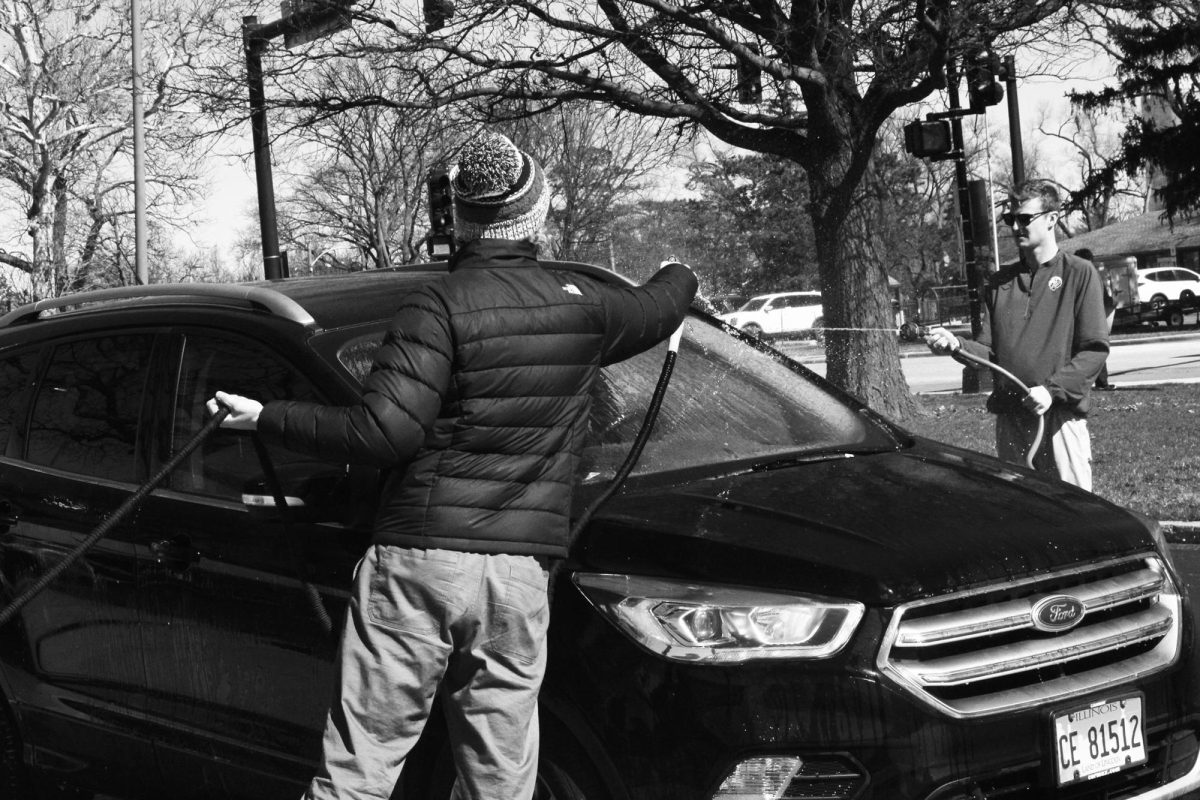
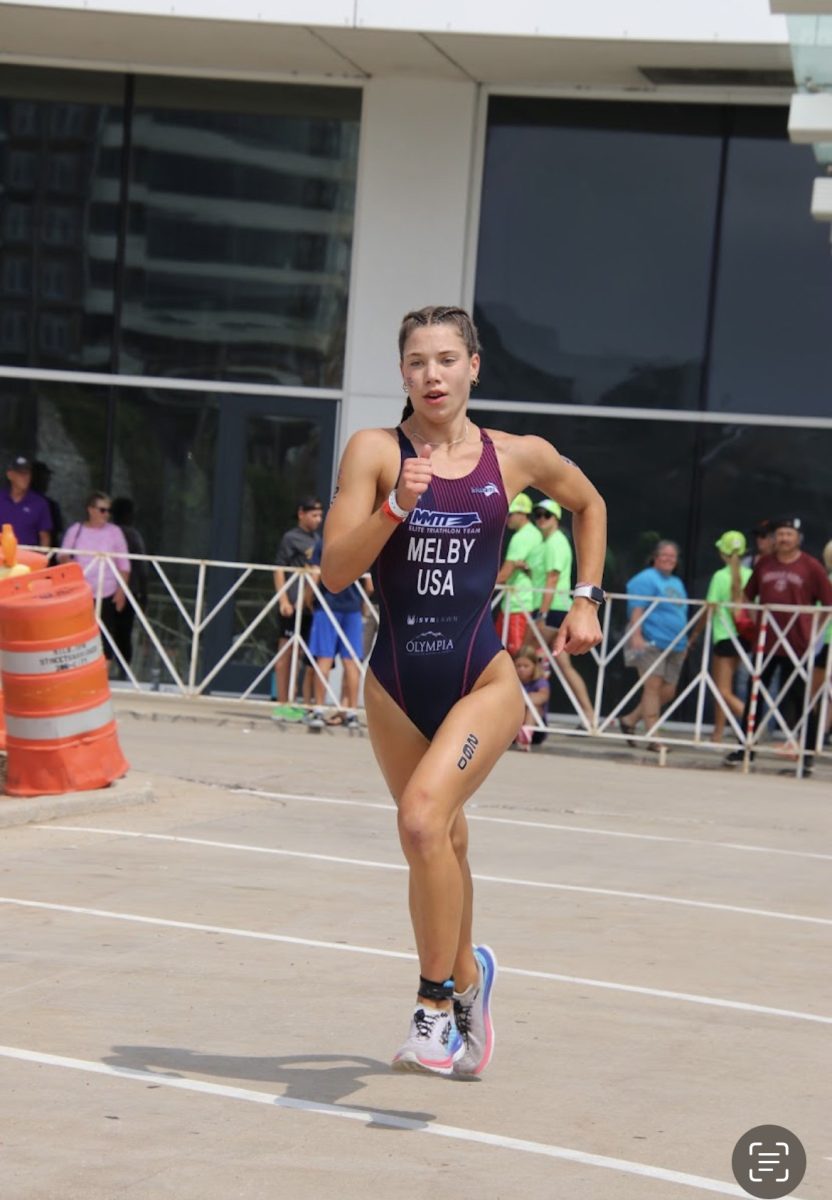
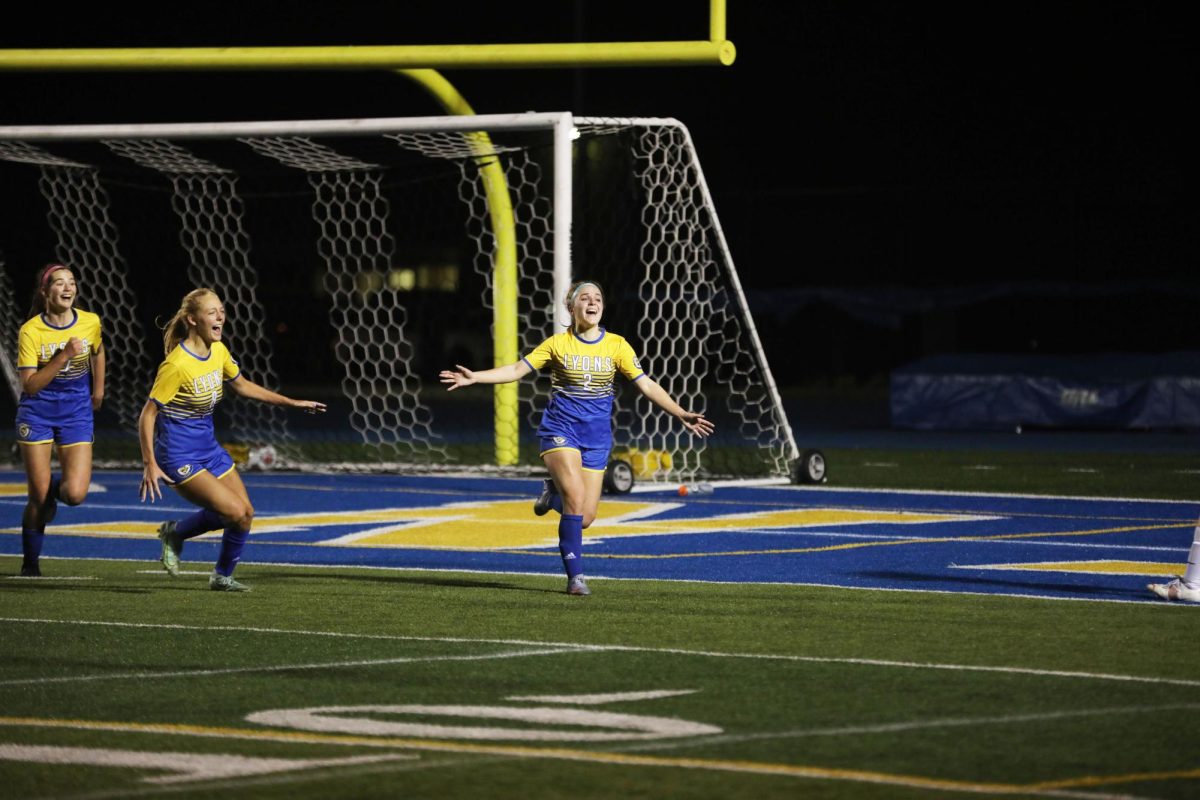
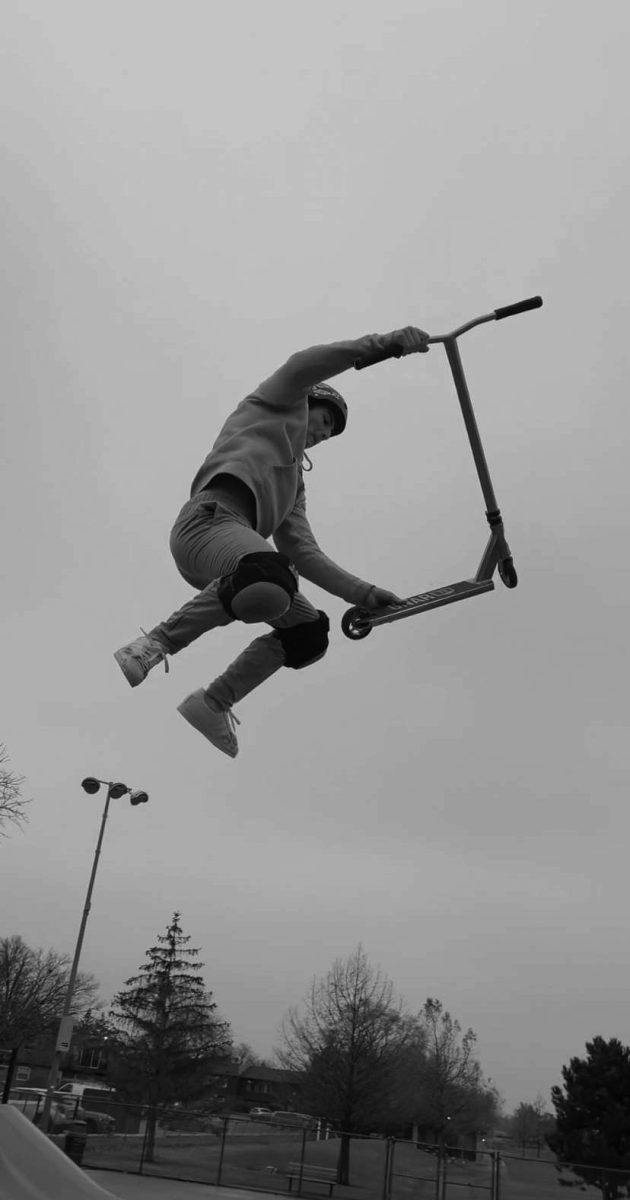
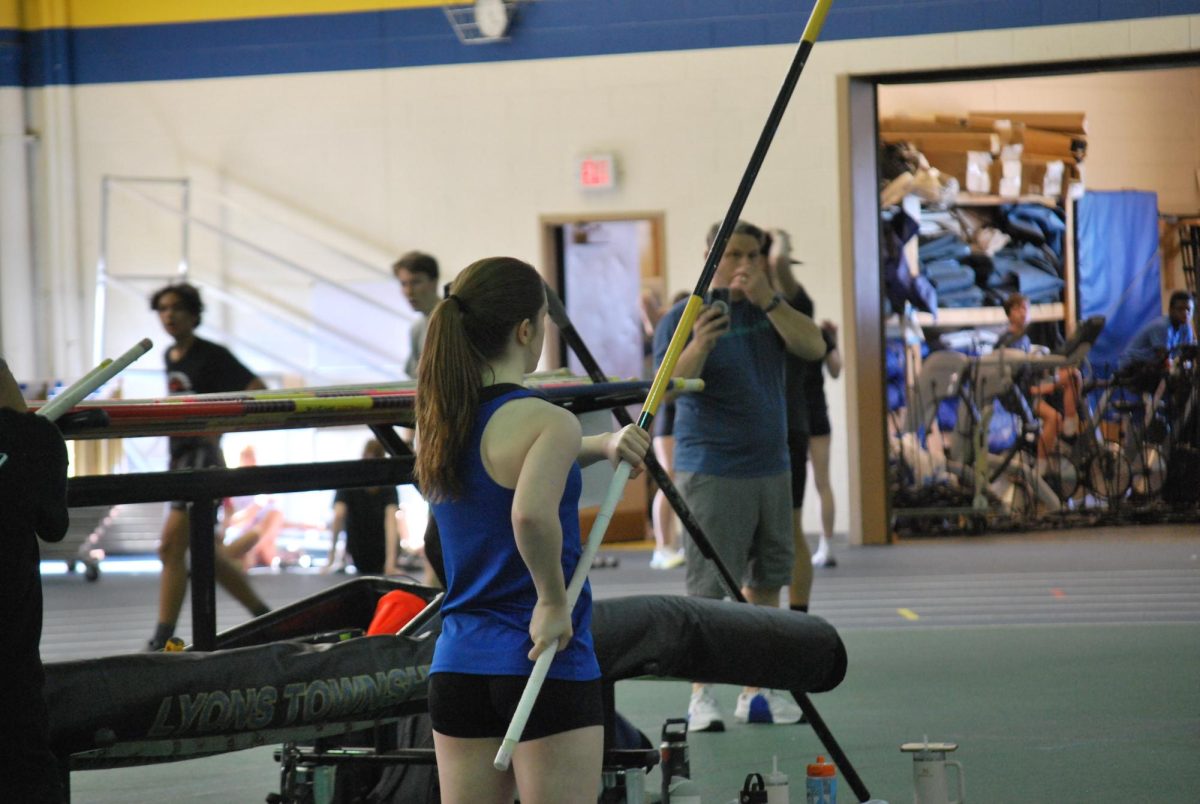
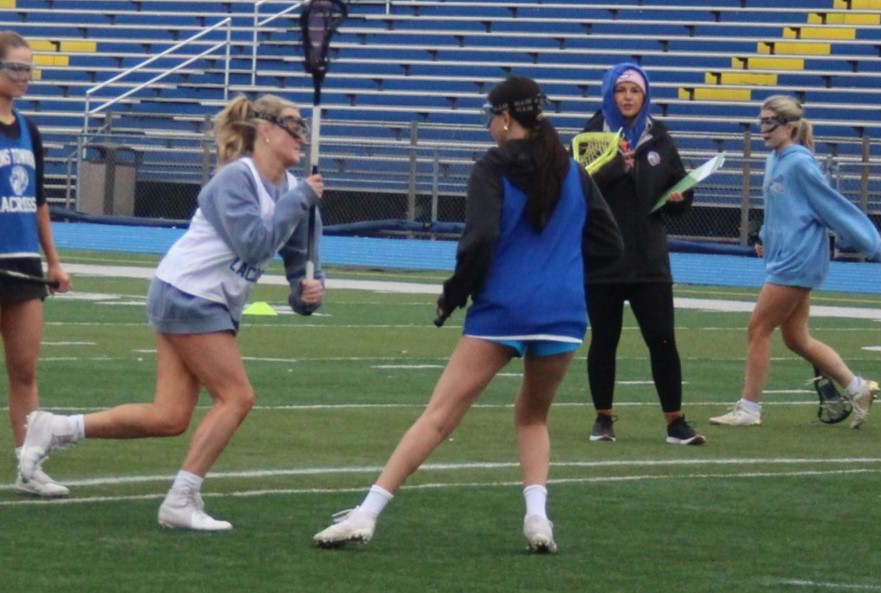
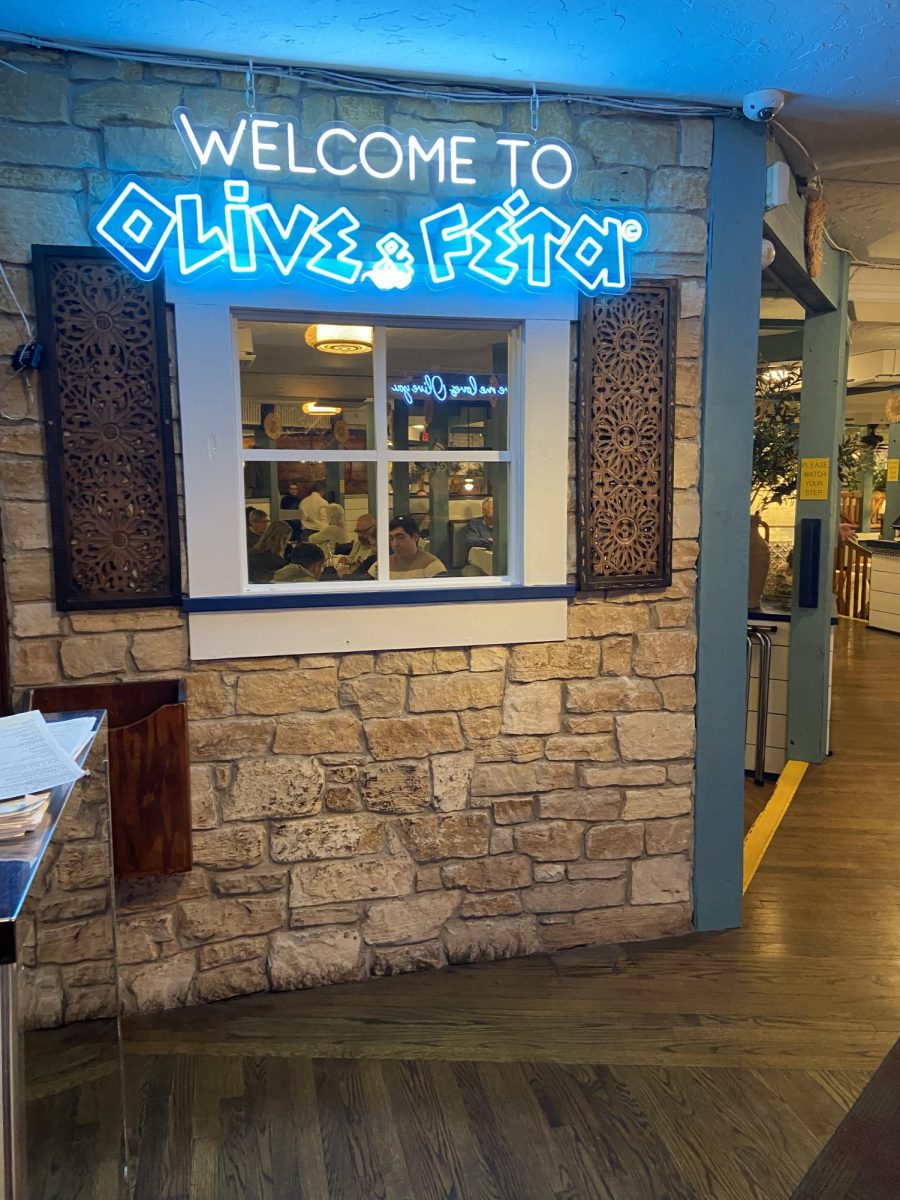
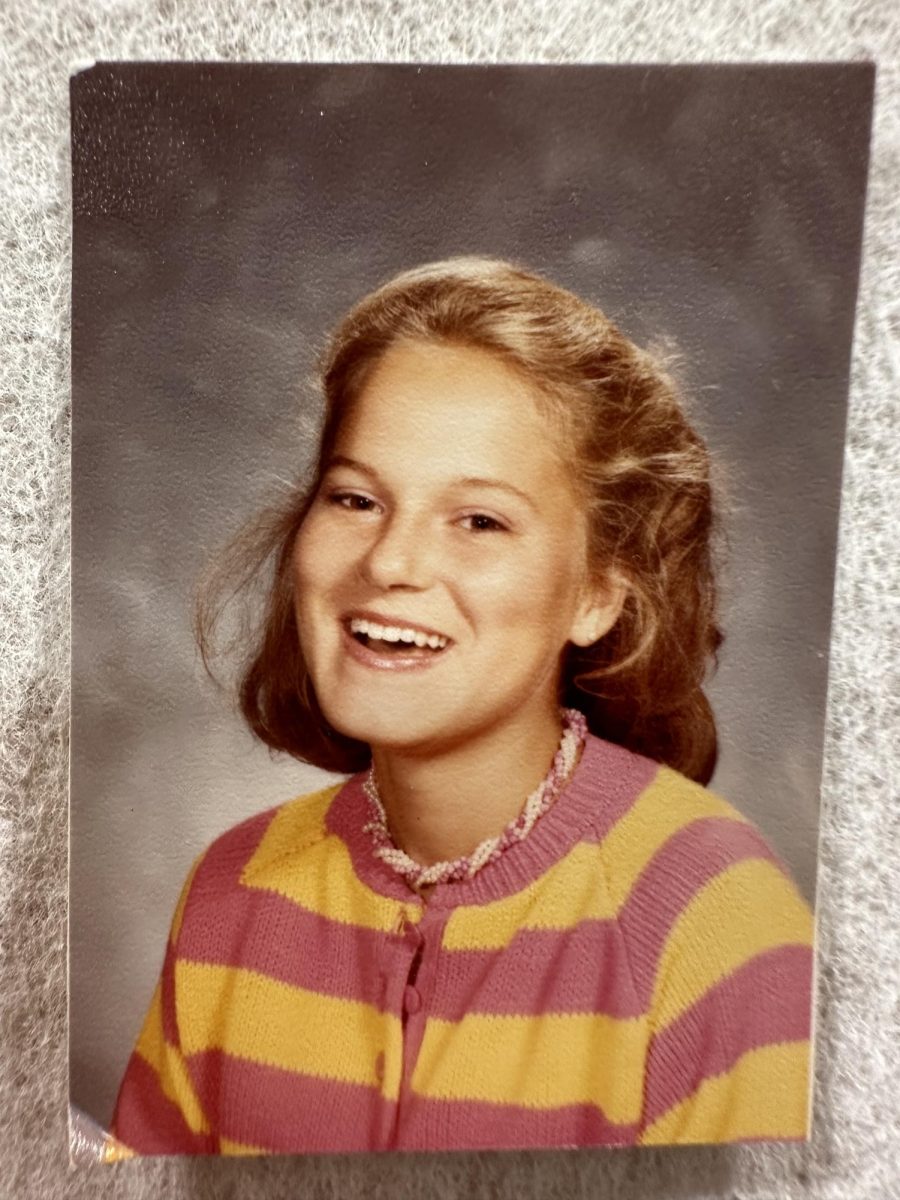
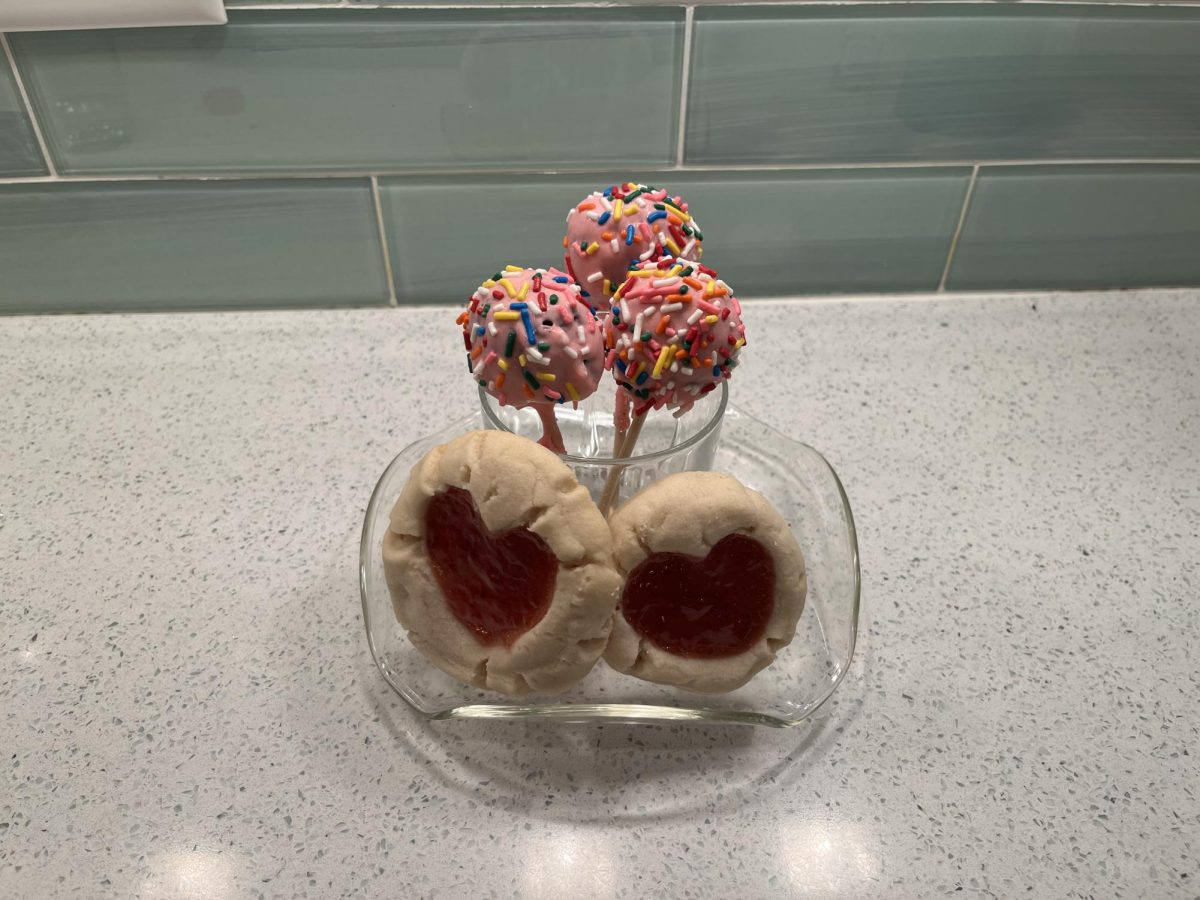

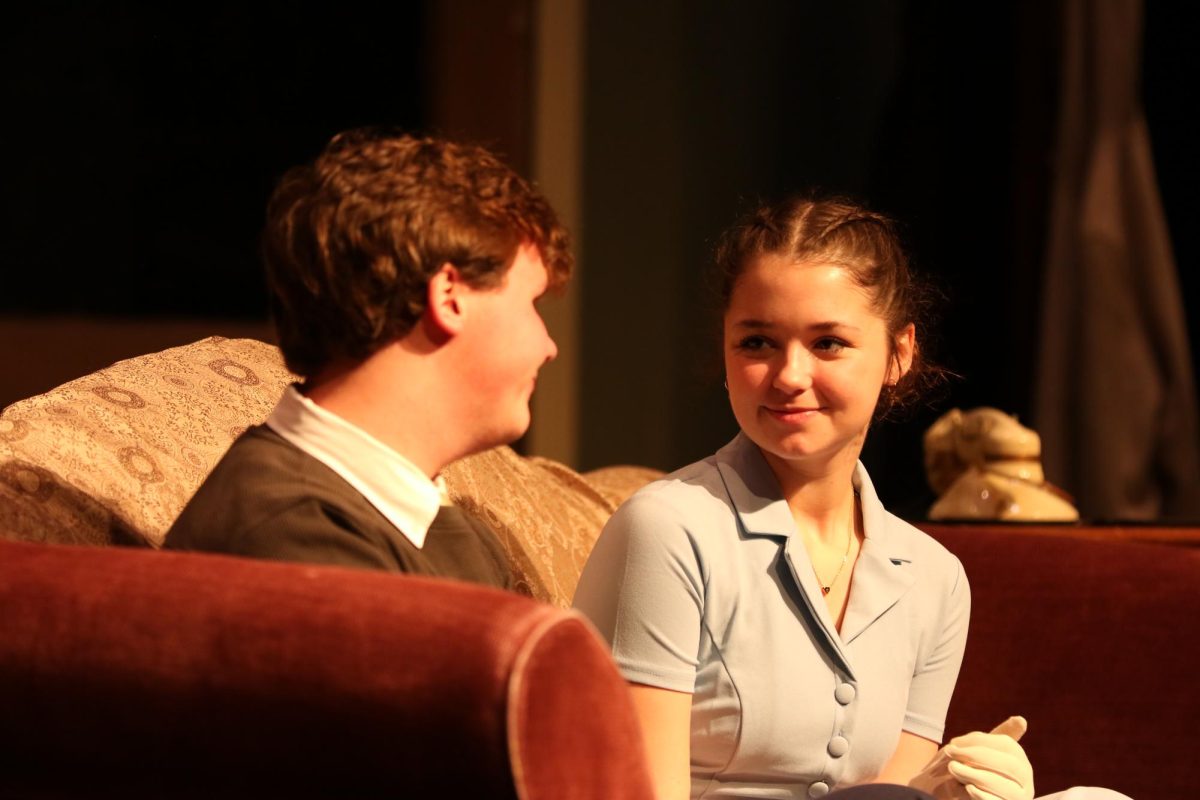


![Movie poster for [Rec] (2007).](https://www.lionnewspaper.com/wp-content/uploads/2023/04/rec-640x900.jpg)

